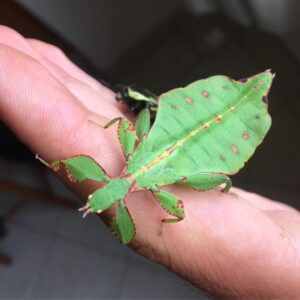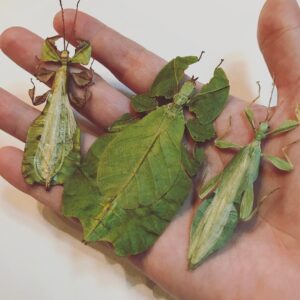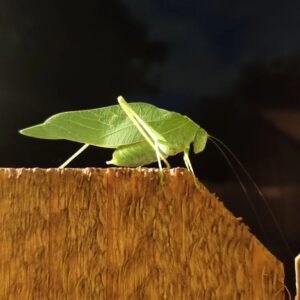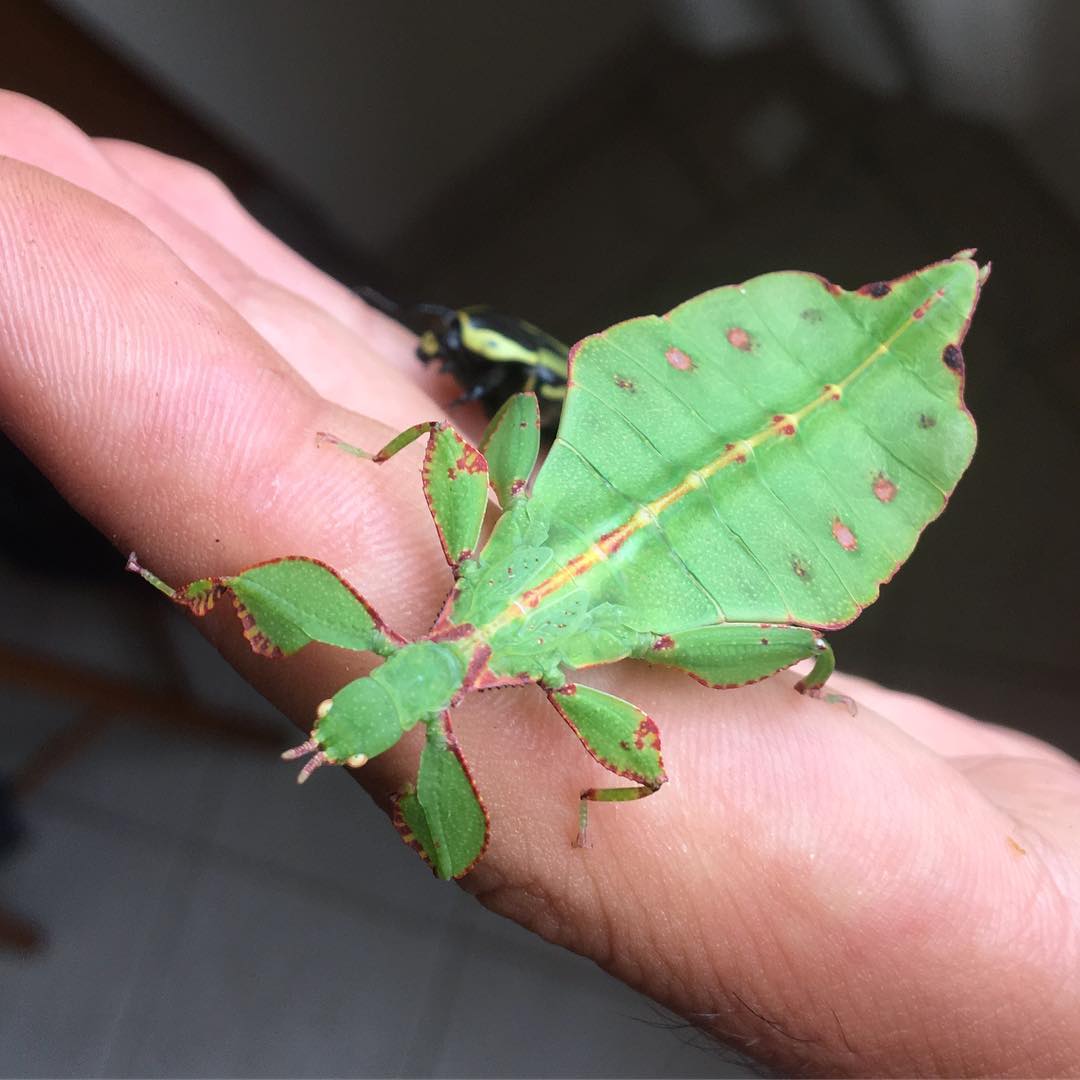So, What Do Leaf Bugs Eat? Curious to know? Read this informative post and explore their culinary preferences and characteristics.
Also known as walking leaves, these bugs are often known for their remarkable camouflage and striking resemblance to leaves. These unique creatures have captured the attention of many due to their extraordinary ability to mimic leaves, making them blend seamlessly into their natural surroundings. One question that frequently arises is: So, What do leaf bugs eat? Find the answer in this interesting post.
Find What Do Moths Eat?
What is a Leaf Bug?

A leaf bug, scientifically classified as a member of the Phylliidae family, is an insect that has evolved a specialized form of camouflage. This camouflage allows them to mimic the appearance of leaves, which serves as an effective defense mechanism against potential predators. Leaf bugs are primarily found in tropical and subtropical regions around the world, where they inhabit a variety of environments, from forests to gardens.
Find Do Butterflies Drink Blood?
Body Structure and Adaptations

Leaf bugs’ bodies are specially adapted to enhance their mimicry and survival:
- Flattened Shape: Their flattened bodies provide a streamlined profile that closely matches the structure of leaves, reducing their visibility to predators.
- Broad Legs and Appendages: Leaf bugs often have broad, leaf-textured legs and appendages that further contribute to their disguise. These appendages are strategically positioned to resemble leaf veins or stems.
- Slow Movement: These insects have adapted to move slowly and deliberately, which complements their camouflage and imitates the gentle swaying of leaves in the wind.
Find Do Leafcutter Bees Sting
Characteristics of Leaf Bugs
1. Leaf-Like Appearance:
The most distinctive feature of leaf bugs is their appearance. Their flattened bodies, intricate venation patterns, and coloration that resemble different stages of leaf development contribute to their uncanny leaf-like appearance.
2. Camouflage Mastery:
Leaf bugs are masters of camouflage. Their mimicry is so effective that they can often be mistaken for real leaves by both predators and humans.
3. Long Antennae and Legs:
Leaf bugs have antennas (like feelers on their heads) that are longer than those of many other insects. These antennas help them sense their environment, like how we use our eyes and ears. Their legs are also long, which helps them move around and find food easily.
4. Plant Eaters:
These bugs are picky eaters – they only eat plants, like leaves. Imagine if all you ate were vegetables! Leaf bugs munch on leaves because they need the nutrients from the plants to stay healthy.
5. Colors and Varieties:
Leaf bugs come in many colors, just like the different colors of leaves you see outside. Some are green, like fresh leaves, while others might be brown or pink, like older leaves. They have different colors to match the leaves around them and hide from animals that might want to eat them. There are also different types of leaf bugs with various patterns, making them look like different kinds of leaves.
6. Adapted Mouthparts:
Leaf bugs have specialized mouthparts designed for chewing leaves. These mouthparts allow them to grip, tear, and consume plant material efficiently.
Check Japanese Beetle vs. June Bug
Common Types of Leaf Bugs

Monteith’s Leaf Bug (Phyllium monteithi)
Looks like a leaf with unique patterns and is found in Australia.
Dry Leaf Bug ( Phyllium siccifolium)
Resembles a dried leaf and is good at hiding, often seen in Southeast Asia.
Philippine Leaf Bug (Phyllium philippinicum)
Lives in the Philippines, pretends to be a leaf to stay safe from predators.
Two-Spotted Leaf Bug (Pulchriphyllium bioculatum)
Has two spots on its body, like eyes, making it look like a face on a leaf. It lives in Asia.
Giant Malayan Leaf Insect (Phyllium giganteum)
Found in Southeast Asia, this species is admired for its expansive wings and intricate leaf-like patterns.
Find What Does It Mean When a Butterfly Lands on You?
What Do Leaf Bugs Eat?

1. Leaves
The primary food source for leaf bugs is leaves from various plants. They enjoy eating leaves from different plants, such as ivy, rose bushes, oak, and maple trees.
These leafy meals give the bugs the vitamins and energy they need to stay fit and well.
2. Camouflage Leaves
Leaf bugs often select leaves that closely resemble their own appearance. This preference for matching their diet to their camouflage helps them blend seamlessly into their environment, providing a strong defense against predators.
3. Young and Mature Leaves
Some leaf bugs might show a preference for young, tender leaves. These leaves are typically easier to chew and digest, making them a more suitable choice for these slow-moving insects.
4. Water Intake
These insects usually obtain the moisture they need from the leaves they consume. Since they have low mobility, they do not require large amounts of water.
5. Nectar and Pollen
Leaf bugs sometimes feed on nectar and pollen, which are sweet substances found in flowers. While leaves are their primary food, these bugs might also visit flowers for a sugary treat.
6. Nitrogen-Rich Plants
Leaf bugs really like to eat plants that have lots of something called “nitrogen.” This makes them snack on plants like clover and alfalfa, which have a lot of good stuff for their growth.
7. Sap and Fruits
In addition to leaves, some leaf bugs might consume sap and fruits. Sap is a sticky liquid found in trees that carries nutrients, and fruits are tasty and full of vitamins.
8. Flowers and Stems
While leaves comprise most of their diet, some leaf bug species might occasionally consume other plant parts, such as flowers or stems. However, leaves remain their primary dietary component.



